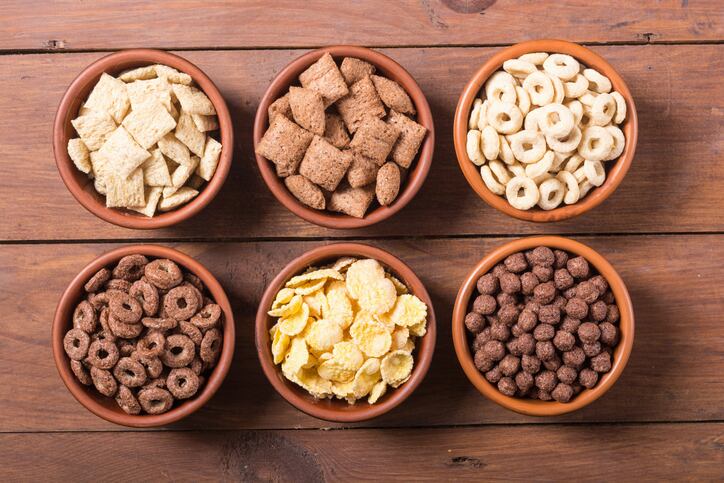The scientists from the Federal University of Goiás and São Paulo State University wanted to find new uses for these three by-products that are commonly produced in Brazil.
After determining the optimal extrusion parameters, they analyzed the chemical composition, microbiological risk and consumer acceptance of the cereal.
“The breakfast cereal produced in the present study can be considered a good alternative to add value to the passion fruit peel flour and broken rice grains, and for reducing waste, especially in the dairy industry, which currently discards whey protein, a product with high polluting power,” they concluded.
“In addition, it is yet another gluten-free product option that can be made available to gluten intolerants, who still have a limited range of products.”
Common co-streams
Rice (Oryza sativa) is one of the three most produced and consumed cereals worldwide. In Brazil, the most commonly eaten form of rice is polished rice, the production of which results in broken rice grains as a by-product (that is currently used to make rice flour or modified starch).
“The value of this by-product represents only one-fifth of that obtained by the commercialization of the whole grain, although the broken grain contains the same average chemical composition as the whole grain,” wrote the researchers.
Brazil is the largest producer of passion fruit in the world. It grows around 920,000 tons of the fruit produced per year, equivalent to approximately 70% of the global production. Passion fruit peel flour, made from ground, dried peel, has already attracted some attention due to its functional properties and has been used in cookies, pasta, and cereals.
Whey, meanwhile, is a by-product in cheese production well-known for its nutritional, functional and economic potential.
Optimal parameters
They found the best results using with a mixture of with rice, passion fruit and milk by-products with a moisture content of 15 g 100 g−1 and a temperature of 85 °C in the third zone of the extruder.
The extruded cereal also had a desirable nutritional profile as it was high in protein and fiber and low in fat.
The resulting cereal had a natural sweetness and aroma that derived from the caramelization of the whey protein lactose, which may be seen as preferable to commercial cereals formulated with “large amounts of sugar and artificial aromas”.
The researcher wrote: “Because of child obesity, it is necessary to reduce these ingredients in the formulation of breakfast cereals to help address this important public health problem. Additionally, industries need low-cost options, and the use of whey protein as a sweetener is a viable alternative for substituting sugar.
"Moreover, broken rice grains [are] an important starch source for product expansion, and passion fruit peel flour is an important source of SDF with functional properties for consumers.”
Source: Food Chemistry
Available online ahead of print, doi.org/10.1016/j.foodchem.2019.124956
“Use of agricultural by-products in extruded gluten-free breakfast cereals”
Authors: Priscila Alonso dos Santos, Márcio Caliari et al.

